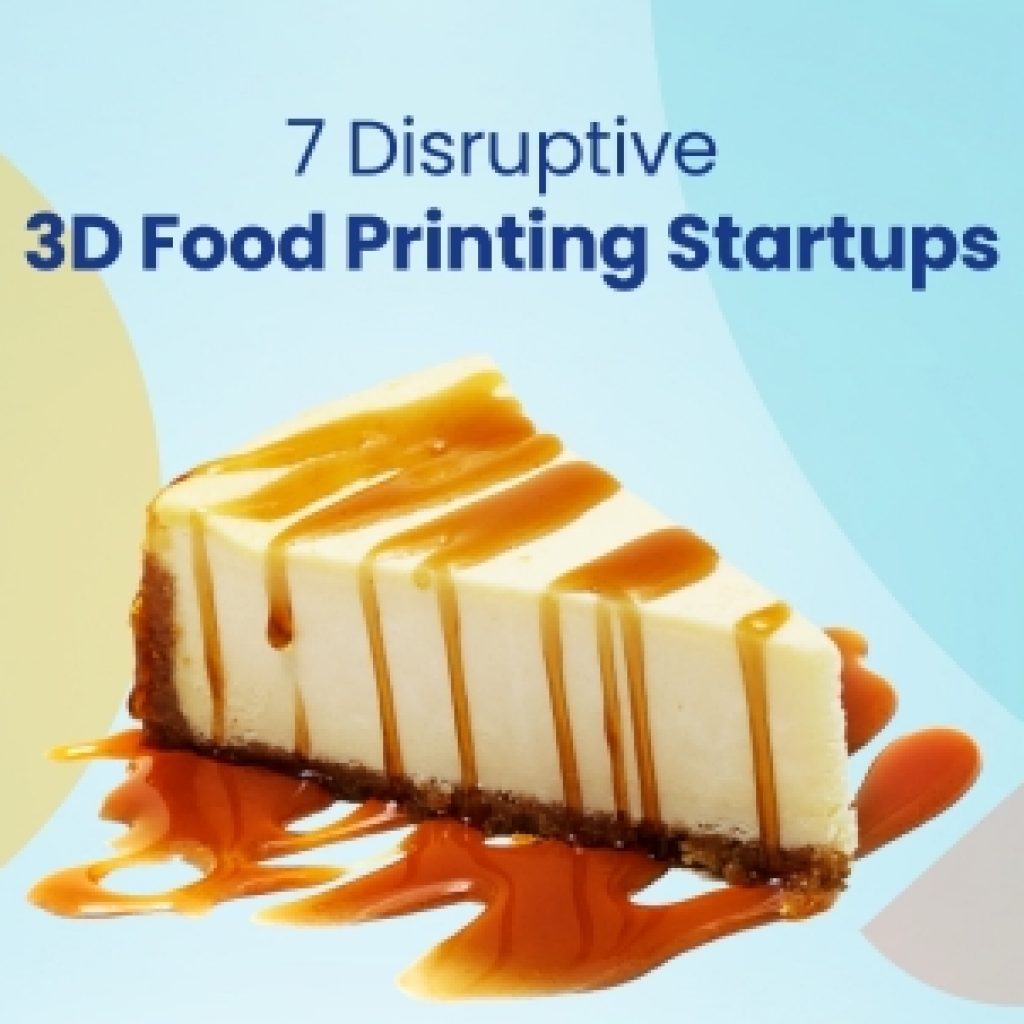Location-Based Services (LBS) technology has witnessed remarkable growth in recent years, serving as a focal point for extensive research and development efforts to enhance mobile location detection for various applications, including social networking, advertising, and indoor navigation.
However, this rapid growth has also led to an upsurge in patent litigation cases within this domain.
During my prior art search project in the field of LBS technology, I came across several patents held by Geoscope Technologies Pte. Ltd. (a Singapore-based NPE). Their significance immediately caught my attention, mainly because Geoscope recently took on industry giants like Google and Apple in their first-ever litigation.
Defendants Google and Apple are accused of infringement through their geolocation services, and the fact that Geoscope has challenged these tech giants intrigued me. As a result, I sought to evaluate the strength of their asserted patents in their present case, which gave rise to this preliminary analysis of the Geoscope Technologies Pte. Ltd. v. Apple Inc case.
How Geoscope got hold of the patents in Location Based Services Technology?
For this article, I will discuss the evaluation of one of the six patents – US7561104B2. The remaining patents, US7561104B2, US8400358B2, US8406753B2, US8786494B2, US9097784B2, and US8320264B2, are also primarily concerned with identifying the location of a device.
These patents were initially assigned to Andrew Corporation, later acquired by CommScope in 2007. These six patents were originally part of a larger pool of over 290 US patent assets that transferred from CommScope to Bison Patent Licensing, LLC in June 2022. Later, in October of the same year, Bison Patent Licensing assigned these patents, along with 12 others, to Geoscope Technologies. (Source)
This chain of events led to Geoscope Technologies acquiring a robust portfolio of location-based patents, which was the foundation for their litigation against the industry giants Google and Apple.
Our Analysis of US7561104B2 in Geoscope Technologies Pte. Ltd. v. Apple Inc case
I started my analysis with patent US7561104B2, filed in 2007. It deals with location-based services for mobile devices and specifically addresses the difficulty of accurately determining their location, especially indoors.
To understand the underlying technology in detail, imagine you’re trying to find your way in a city. Normally, you can rely on the strength of signals from cell towers to determine your location accurately. However, when you’re inside a building, the signals weaken, making it harder to pinpoint your exact location. This is because the signals received and transmitted by your phone indoors are not as strong as when you’re outside.
To overcome this challenge, this patent proposes a method to modify the calibration data used for geolocation. By tweaking the existing calibration data obtained from outdoor environments, it’s possible to simulate the characteristics of the signals in an indoor setting. This adjustment helps improve location determination accuracy, even when you’re inside a building with weaker signal strengths.
The other five asserted patents share similar core technology, so the analysis of each will follow a comparable pattern to that of US7561104B2.
Where can the prior art for asserted patents be found in Geoscope Technologies Pte. Ltd. v. Apple Inc.?
As part of the preliminary analysis, I started tracking the earliest developments in determining mobile location in a wireless environment. I observed that in the late 1990s and early 2000s, several major companies and systems were involved in the technology of mobile location determination in wireless settings. Some of the leads worth exploring are:
- Ericsson’s Location Area Identity (LAI): Ericsson developed the LAI system, which utilized cellular network information to identify the location area of a mobile device, providing coarse-grained location information. Its patent application US20020016172A1, filed in May 2001, also discussed the calibration of a positioning system within a telecommunications network.
- Nokia Location Services: Nokia offered location-based services that combined GPS, cellular network information, and mapping technologies to provide navigation and location-aware applications.
- Navteq Mapping Data (source): Navteq (acquired by Nokia in 2007) was a leading provider of digital mapping data used by several companies for their location-based services and navigation systems.
- Qualcomm’s gpsOne (source): A technology that integrated GPS capabilities into mobile devices, enabling accurate outdoor positioning by leveraging GPS satellite signals.
- Skyhook Hybrid Positioning System: Skyhook (founded in 2003) developed a hybrid positioning system that combined GPS, Wi-Fi positioning, and cellular network information to determine indoor and outdoor locations accurately. In 2008, Qualcomm enabled Skyhook Wi-Fi Positioning on the GPSOne Platform (source).
These companies played a significant role in developing and deploying mobile location-determination technologies before 2007. They focused on integrating GPS capabilities, leveraging cellular network information, and developing mapping and positioning systems to provide location-based services for mobile devices.
Apart from studying companies, I explored relevant standards for potential prior art. GSM standards, particularly P-00-043, covered the concept of location determination based on signal strength from the base station around the early 2000s. Additionally, IEEE 802.15 standards focused on location determination in WLAN environments, as evident from a draft from December 2005.
My exploration also included research articles related to location determination. Notably, a prototype [SpotON] – SpotON: An Indoor 3D Location Sensing Technology Based on RF Signal Strength, was published in 2000. Interestingly, this is a strong lead because one of the co-authors – Roy Want, is also associated with Google.
Furthermore, research paper like Accurate GSM Indoor Localization, published in 2005, mentions indoor localization solutions based on 802.11, Bluetooth, ultrasound, and infrared technologies. It also mentions using the signals from multiple base stations.
Few more research articles like A Localization System using Wireless Network Sensors: A Comparison of Two Techniques, Localization in Wireless Sensor Networks: A Probabilistic Approach also talk about determining the location of a mobile device using the signal strength from multiple base stations.
Concluding thoughts
The rapid growth of location-based services in wireless networks has sparked competition among major tech companies such as Google, Apple, Qualcomm, Ericsson, and Nokia, each seeking to establish itself as a leader in this space. As this case progresses, it will be interesting to see how the court views the patent’s validity and whether it will set a precedent for future patent disputes.
Moreover, if you want to know about what our analysis has found about the strength of US7561104B2 and other patents involved in the case, you can fill in the form below.
FORM
If you are an active player in this domain, preparing for potential legal challenges is crucial. To ensure that your technology remains safeguarded from infringement, it isn’t too late to consider a patent invalidity search. Furthermore, you can ensure the strength of your patents and identify potential challenges with our comprehensive patent portfolio analysis.
All you have to do now is contact us for expert guidance in securing the future of your technology in the location-based services tech domain.
Analysis performed by: Prakash Kumar, Prior-art team











